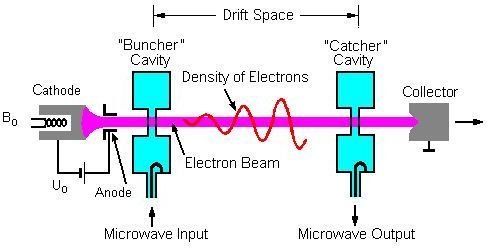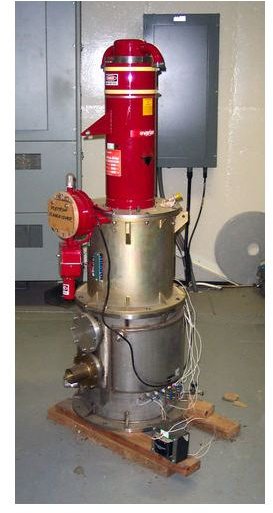History of the Klystron Tube
History of the Klystron Tube
A klystron tube is a special kind of vacuum tube invented in 1937. The main application of the klystron tube was in the field of radar systems during World War II and it is still extensively used in today’s radar systems, as well as in various health applications.
Historical Developments
The Varian brothers, Sigurd and Russell, from Stanford University invented the klystron tube technology. Though the prototype was completed in 1937, the results were not published until in 1939. Afterward the technology had a great influence of the work of UK and US researchers studying radar devices.
Later on, the Varian brothers commercialized the technology by establishing Varian Associates.
Here, it is important to mention a physicist named W.W. Hansen whose work was instrumental in the advancement of klystron technology; the Varian brothers mentioned him in a paper published by them in 1939. The concept of resonator analysis by Hansen showed that the process of accelerating electrons towards a target could also be used to decelerate them. This was all about transferring the kinetic energy of electrons to RF energy in a resonator.
Impact of Klystron Tube on Second World War
During World War II, the Axis powers were mostly dependent on low-powered klystron technology for their radar system-based microwave generation. In contrast, the Allies made use of the powerful cavity magnetron technology for the same purpose of microwave generation; but this was a frequency drifting technology. Later, there were advancements in the klystron tube technology for high power applications like radar systems and synchrotrons.
After the Second World War, the Varian brothers went on with their research in the field of microwave and radar energy; they researched to find a cure for cancer. They established Varian Systems for their medical field research. This company is using the same klystron tube technology to date to in their cancer research.
Working Concept of Klystron Tubes

The main purpose of a klystron tube is to generate microwave energy and act as a sensitive amplifier. It basically works on the same concept as a pipe organ tube; the only difference is that pipe organ tube uses air while klystron tube uses electrons.
Air in the pipe organ tube vibrates to emit sound energy. The electrons in a klystron tube vibrate to emit high frequency microwave energy that can be detected by a radar receiver after returning from its target.
Klystron tube technology is widely used in the field of radars, medicine, and satellites, as well as wide-band high-power communication systems. All these were possible because of their ability to produce high frequency microwave power.
Research is still ongoing at Stanford University in the use of klystron tube technology. Log on to Stanford university’s official site to learn more information regarding the latest developments.
